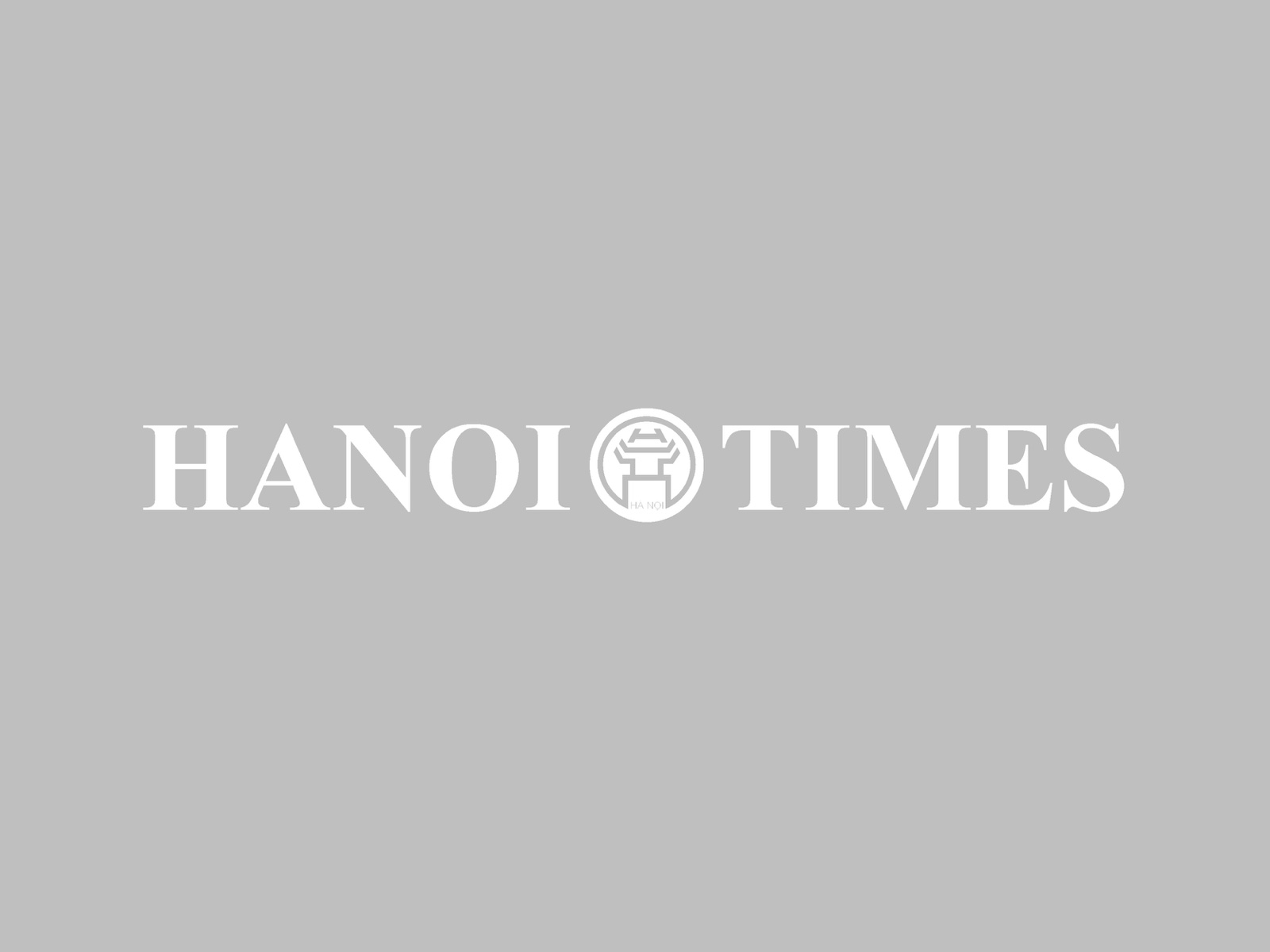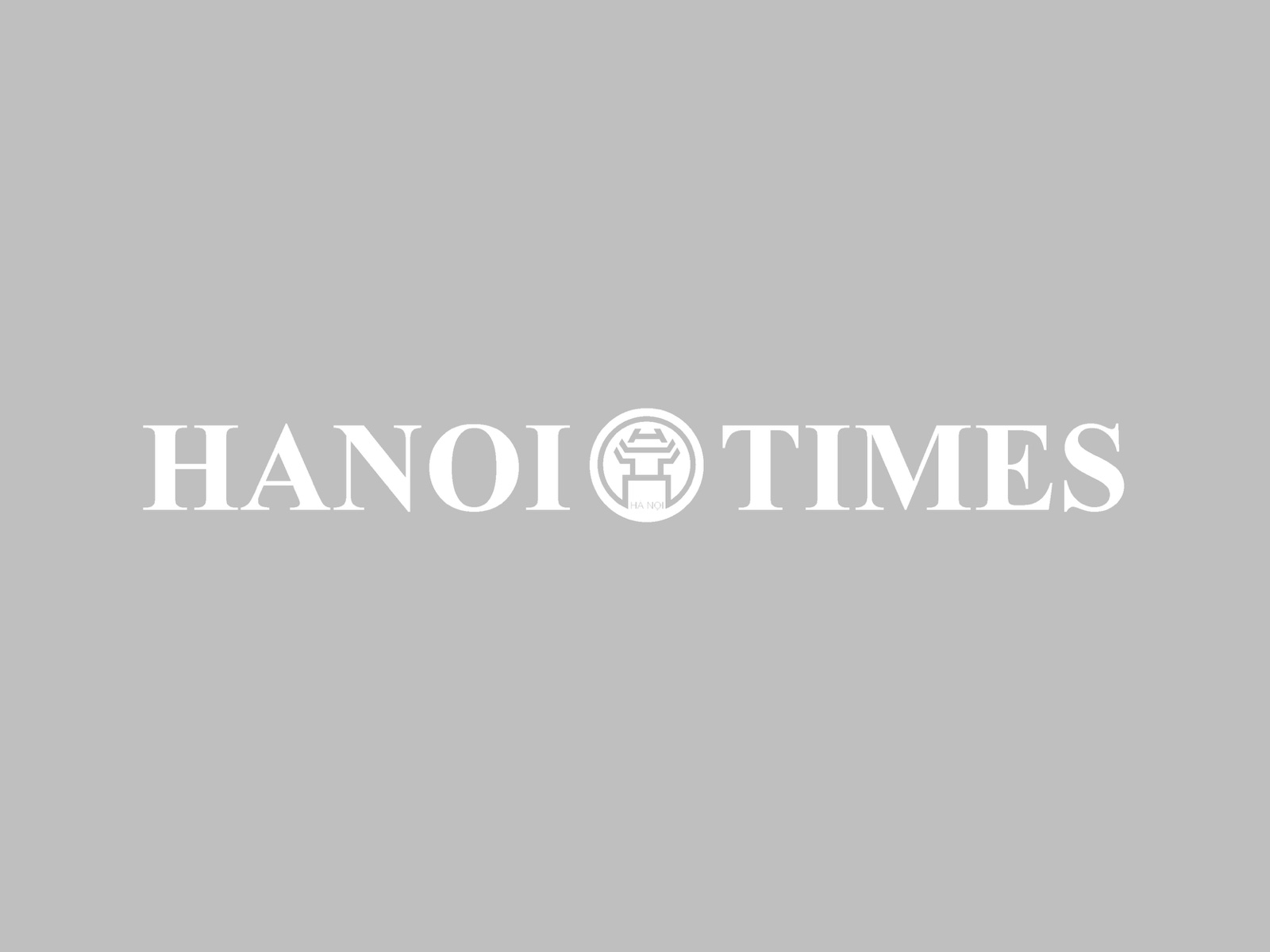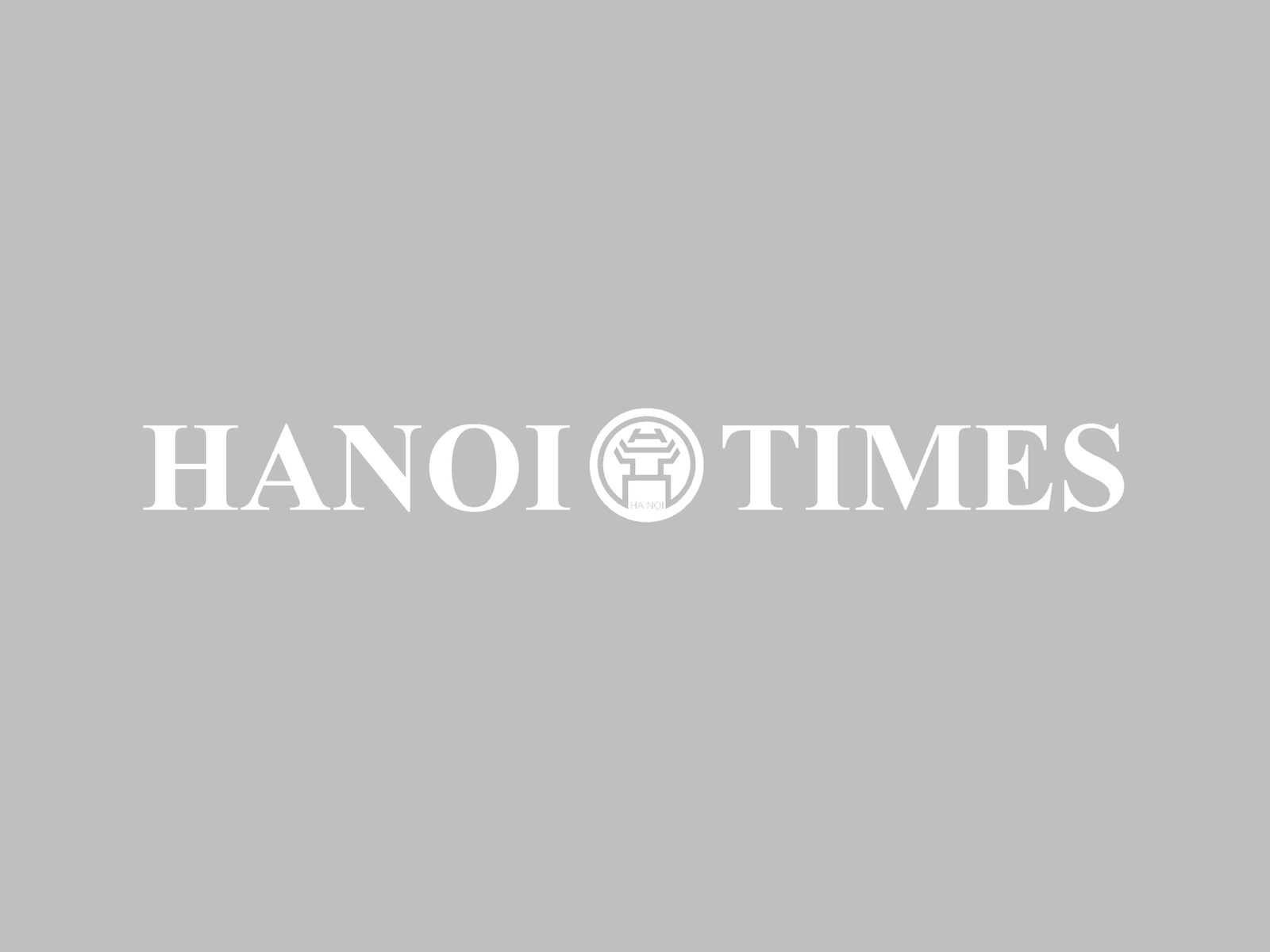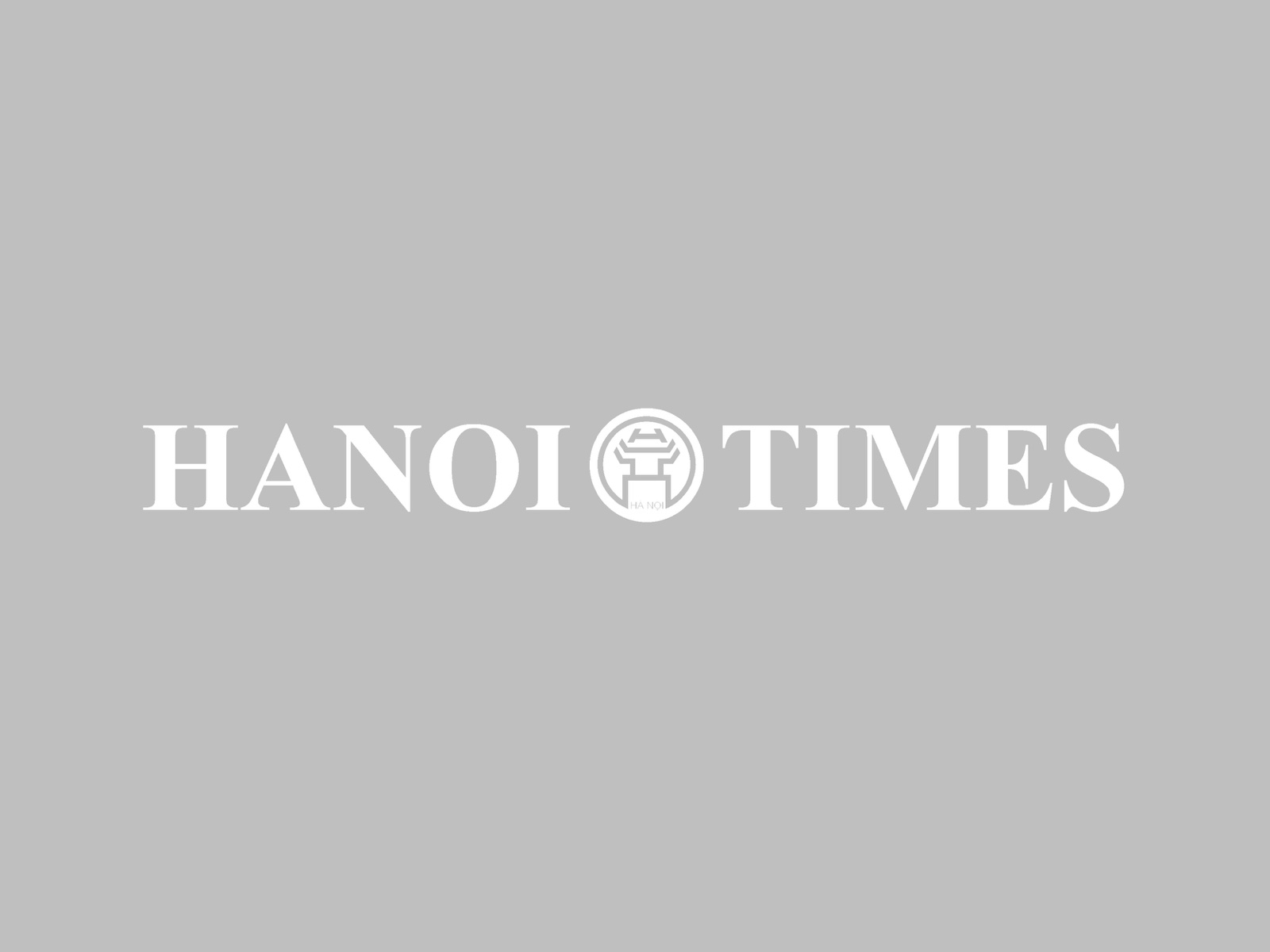Business
Why is Vietnam so attractive to South Korean visitors?
Feb 04, 2019 / 01:02 PM
Many South Korean travelers described an impressive experience in Vietnam, for them: “home away from home!”
The number of South Korean visitors to Vietnam in 2018 hit 3.48 million, a surge of 44.3% from a year earlier, continuing the upward trend over the past years.
Hanoi and Ho Chi Minh City are abuzz with Korean culture while beachside destinations like Danang, Hoi An, Nha Trang, and Phu Quoc are tailored for Korean tastes, according to both domestic and foreign media.
Reasons attributed to the surge in South Korean visitors are as follows.
Firstly, geographical proximity. It takes average five hours to get to Vietnam from South Korea. The short distance is a favorable condition for young people who can save time to enjoy their vacation in the country of both modern and traditional values, of four seasons, and of both mountains and beaches.
From Vietnam, the visitors can easily move to other Southeast Asian countries.
Secondly, visa waiver. Since July 1, 2004, the Vietnamese government allowed South Korean passport holders to enter the country without visa. Since then, the visitors from the East Asian country to Vietnam rocketed 20-fold from 233,000 in 2004 to nearly 3.5 million in 2018.
Thirdly, developed tourist services. Travelling firms are mushrooming in both Vietnam and South Korea, offering well-organized, comfortable, reliable, and reasonable outbound tours that make customers, including the busiest, satisfied with all-in-one service packages.
Following the development of travelling firms, flights from Vietnam to South Korea have been increased, accounting for a remarkable 44.5% of the country’s outbound traffic in 2018.
Both Vietnamese and South Korean airlines have offered daily flights between the two countries’ regions, mostly to Vietnamese coastal city of Danang, namely Seoul-Danang, Incheon-Danang, Busan-Danang, Daegu-Danang. So far, nearly 10 airlines have joined the routes, including Korean Air, Asiana Airlines, Vietnam Airlines, Vietjet Air, Jeju Air, Jin Air, T’way, and Eastar Jet, offering nearly 80 flights per week.
As a result, Danang, known for its resorts and pristine beaches, became the top foreign destination for South Koreans last summer, according to Korean e-commerce website Ticket Monster.
Hoi An, a resort town neighboring Danang (just 30km from this city), is also a favorite destination of South Korean arrivals. In 2018, nearly 300,000 South Koreans visited Hoi An, surging 70% on year. They now outnumber the 200,000 mainland Chinese visitors arriving at the town annually, according to South China Morning Post.
Vietjet prides itself of having served more than 2 million Koreans, many of whom were travelling overseas for the first time. In December, the budget carrier announced a new route linking Seoul and Phu Quoc, the biggest island in Vietnam that has appeared as another destination attracting South Koreans.
Fourthly, cultural similarities. Both Vietnam and South Korea are located in East Asia and have a quite similar culture with rice being the main dish, the use of chopsticks, and cuisine in general, some similarities could be found in characteristics, communications, and historical backgrounds (both experienced devastating wars).
South Korean culture has begun to exert a broad influence on Vietnam’s urban environment.
Once on the ground in Hanoi, Ho Chi Minh City, or Danang, South Koreans sought out many local sights with the sheer number of Korean signs, barbecue restaurants, K-beauty shops, and coffee chains.
More and more Korean brands and cafes every time they visit Vietnam. There are a lot of Korea-related businesses. Korean retail brands, cafes and eateries are popular, and cater to local populations as well as the growing influx of Korean visitors.
Chobin Hwang, the Korean language editor of the The Saigoneer, which also runs the largest Korean online guide to Ho Chi Minh City, said many younger Korean travelers forego a “Korean experience” while in Vietnam.
“Companies provide Korean brochures and Korean language menus,” Hwang said. “Travel agencies describe their information in Korean, and their staff can speak Korean fluently.”
For Yoo Hyong-rok, Vietnam allowed him to broaden his horizons while also finding a taste of home. “In Hanoi, I checked out one of the many Korean-style buildings I saw and ate at the restaurant inside,” he said. “The taste of the food was exactly the same as in Korea. And the ingredients were even fresher.”
Vietnam, like many Asian countries, has been swept up by the so-called K-wave.
“Young Vietnamese are enamored with Korean culture even more than American culture,” said Mark Gwyther, founder of MGT Management Consulting, a tourism consultancy in Ho Chi Minh City.
“K-pop musicians sell out large arenas. Korean soap operas, gameshows, and live broadcasts have been popular on local television for years. Korean movies are in theatres every week. Korean barbecue and noodle restaurants can be found all over the major cities and even appear in smaller cities,” he noted.
As a result, Korean is among the most popular foreign languages for Vietnamese students to learn.
Fifthly, Park Hang-seo. The most popular person in Vietnam is the South Korean coach of Vietnamese national men’s football team.
The Golden Dragons grabbed many trophies after South Korean tactician Park Hang-seo led the team since October 2017. The head coach has helped the team sparkle after years of scarce success.
Together with the team’s successes, including the champions of the AFF Suzuki Cup in December 2018, Vietnamese fans and people show their respect and convey thanks to Park. He himself becomes the symbol bonding the Vietnam-South Korea ties.
Park has appeared in commercials for South Korean goods in Vietnam, contributing to hiking sales of South Korean goods purchased by Vietnamese people, according to Kim Doo-young, vice president of Strategic Marketing at the Korea Trade-Investment Promotion Agency (KOTRA).
Sixthly, warm relations. South Korea’s economic support for Vietnam has also contributed to the growing bilateral ties over the past years and Vietnam’s hospitality industry has greatly benefited.
By far, South Korean is the largest investors in Vietnam with over US$65 billion in more than 7,000 projects. Of the giants, Samsung has opened several enormous factories that manufacture phones and electronics.
At present, more than 160,000 South Korean are living in Vietnam. Hanoi and Ho Chi Minh City both have Korea towns where a significant amount of South Korean expats live.
In summary, South Korean visitors to Vietnam are soaring and the Southeast Asian country’s increasingly lucrative tourism industry is changing to accommodate the influx. It means that when the demand is met, things will go on well.

South Korean visitors in Vietnam
|
Reasons attributed to the surge in South Korean visitors are as follows.
Firstly, geographical proximity. It takes average five hours to get to Vietnam from South Korea. The short distance is a favorable condition for young people who can save time to enjoy their vacation in the country of both modern and traditional values, of four seasons, and of both mountains and beaches.
From Vietnam, the visitors can easily move to other Southeast Asian countries.
Secondly, visa waiver. Since July 1, 2004, the Vietnamese government allowed South Korean passport holders to enter the country without visa. Since then, the visitors from the East Asian country to Vietnam rocketed 20-fold from 233,000 in 2004 to nearly 3.5 million in 2018.
Thirdly, developed tourist services. Travelling firms are mushrooming in both Vietnam and South Korea, offering well-organized, comfortable, reliable, and reasonable outbound tours that make customers, including the busiest, satisfied with all-in-one service packages.
Following the development of travelling firms, flights from Vietnam to South Korea have been increased, accounting for a remarkable 44.5% of the country’s outbound traffic in 2018.
Both Vietnamese and South Korean airlines have offered daily flights between the two countries’ regions, mostly to Vietnamese coastal city of Danang, namely Seoul-Danang, Incheon-Danang, Busan-Danang, Daegu-Danang. So far, nearly 10 airlines have joined the routes, including Korean Air, Asiana Airlines, Vietnam Airlines, Vietjet Air, Jeju Air, Jin Air, T’way, and Eastar Jet, offering nearly 80 flights per week.
As a result, Danang, known for its resorts and pristine beaches, became the top foreign destination for South Koreans last summer, according to Korean e-commerce website Ticket Monster.
Hoi An, a resort town neighboring Danang (just 30km from this city), is also a favorite destination of South Korean arrivals. In 2018, nearly 300,000 South Koreans visited Hoi An, surging 70% on year. They now outnumber the 200,000 mainland Chinese visitors arriving at the town annually, according to South China Morning Post.
Vietjet prides itself of having served more than 2 million Koreans, many of whom were travelling overseas for the first time. In December, the budget carrier announced a new route linking Seoul and Phu Quoc, the biggest island in Vietnam that has appeared as another destination attracting South Koreans.

K-mart chains offer truly Korean food. Photo: Foody.vn
|
South Korean culture has begun to exert a broad influence on Vietnam’s urban environment.
Once on the ground in Hanoi, Ho Chi Minh City, or Danang, South Koreans sought out many local sights with the sheer number of Korean signs, barbecue restaurants, K-beauty shops, and coffee chains.
More and more Korean brands and cafes every time they visit Vietnam. There are a lot of Korea-related businesses. Korean retail brands, cafes and eateries are popular, and cater to local populations as well as the growing influx of Korean visitors.
Chobin Hwang, the Korean language editor of the The Saigoneer, which also runs the largest Korean online guide to Ho Chi Minh City, said many younger Korean travelers forego a “Korean experience” while in Vietnam.
“Companies provide Korean brochures and Korean language menus,” Hwang said. “Travel agencies describe their information in Korean, and their staff can speak Korean fluently.”
For Yoo Hyong-rok, Vietnam allowed him to broaden his horizons while also finding a taste of home. “In Hanoi, I checked out one of the many Korean-style buildings I saw and ate at the restaurant inside,” he said. “The taste of the food was exactly the same as in Korea. And the ingredients were even fresher.”

File photo
|
“Young Vietnamese are enamored with Korean culture even more than American culture,” said Mark Gwyther, founder of MGT Management Consulting, a tourism consultancy in Ho Chi Minh City.
“K-pop musicians sell out large arenas. Korean soap operas, gameshows, and live broadcasts have been popular on local television for years. Korean movies are in theatres every week. Korean barbecue and noodle restaurants can be found all over the major cities and even appear in smaller cities,” he noted.
As a result, Korean is among the most popular foreign languages for Vietnamese students to learn.

Park Hang-seo, head coach of Vietnam's national football team. Photo: AP/Yonhap
|
The Golden Dragons grabbed many trophies after South Korean tactician Park Hang-seo led the team since October 2017. The head coach has helped the team sparkle after years of scarce success.
Together with the team’s successes, including the champions of the AFF Suzuki Cup in December 2018, Vietnamese fans and people show their respect and convey thanks to Park. He himself becomes the symbol bonding the Vietnam-South Korea ties.
Park has appeared in commercials for South Korean goods in Vietnam, contributing to hiking sales of South Korean goods purchased by Vietnamese people, according to Kim Doo-young, vice president of Strategic Marketing at the Korea Trade-Investment Promotion Agency (KOTRA).
Sixthly, warm relations. South Korea’s economic support for Vietnam has also contributed to the growing bilateral ties over the past years and Vietnam’s hospitality industry has greatly benefited.
By far, South Korean is the largest investors in Vietnam with over US$65 billion in more than 7,000 projects. Of the giants, Samsung has opened several enormous factories that manufacture phones and electronics.
At present, more than 160,000 South Korean are living in Vietnam. Hanoi and Ho Chi Minh City both have Korea towns where a significant amount of South Korean expats live.
In summary, South Korean visitors to Vietnam are soaring and the Southeast Asian country’s increasingly lucrative tourism industry is changing to accommodate the influx. It means that when the demand is met, things will go on well.








